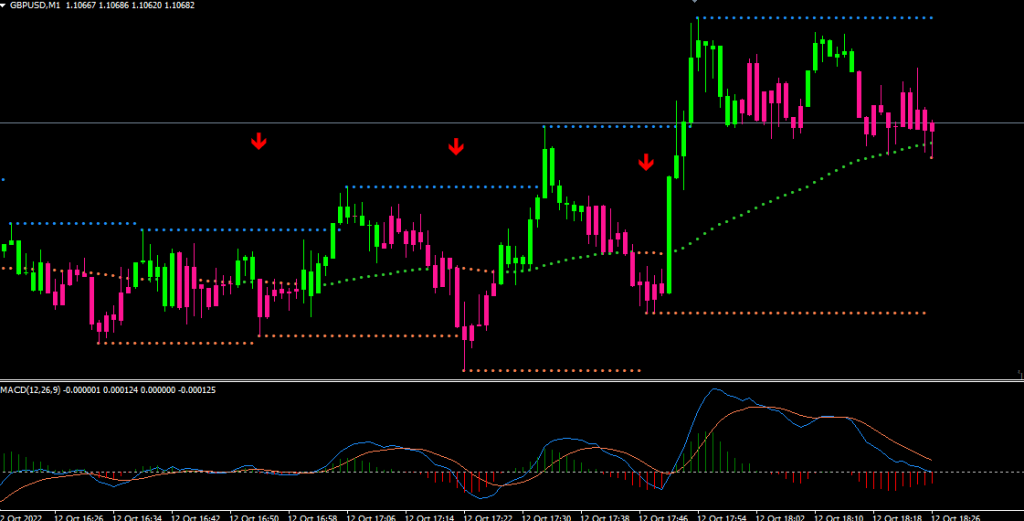Lightwind. The NON-Repaint (arrows) MT4 Renko Trading System known as “MT4 Strategy” provides simple Buy/Sell signals on Renko charts. For Renko charts, it is a trend-following approach based on trend indicators. aiming to filter out all market noise (Manipulations and spikes).
Re: Renko
The foundation of Renko charts is PRICE, not TIME. Tick every tick, Renko charts dynamically update. For predicting the shift in market mood that comes before a new trend, Renko charting is said to be the most accurate. The appearance of a candle of a different color indicates a trend reversal. Trading in the trend’s direction and exiting when it changes direction is a simple strategy to implement. On Renko charts, support and resistance levels are clearly visible.
Renko Indicator charts eliminate market turbulence, clearly display trends, and quickly spot reversals. Trading professionals find that Renko charts are particularly useful for pinpointing important support and resistance levels. Buy/sell signals are produced when the trend’s direction and the candles’ color change. Each Renko candle has a display showing the actual volume values.

How to Operate the Renko Trading System for MT4
An indication to buy is shown by a green arrow.
A sell signal is shown by a red arrow.
Trade just in the trend’s direction. It has four direction signals. You need three concordant signals, including the arrow, in the same direction to validate an entry.
Buy the green trend arrow Buy arrow, backed up by two further signals.
Green ultrasonic signal indication, BKMGC1 Candles drawn in green, or two upward-crossing MACD lines.
Red Sell Trend arrow Buy arrow, supported by two further signals.
Brown candles drawn in the hue pink on the BKMGC1 or MACD’s two lines crossing downward are ultra signal indicators.
Out of position
Use the risk-to-reward ratios or the opposite signal to profit from your order.
High for Sell trades during the most recent swing.
For Buy transactions, the swing’s low was reached.
close to a significant region of support or resistance.
Or take the opposing signal to leave.



